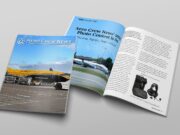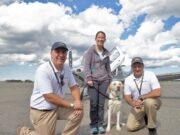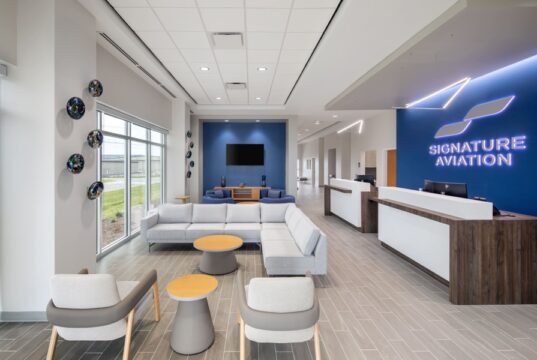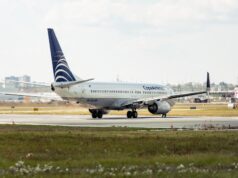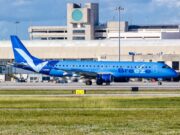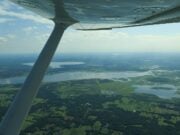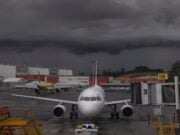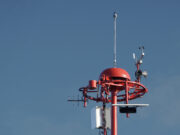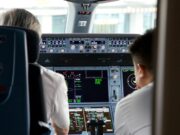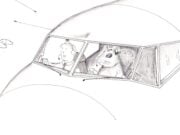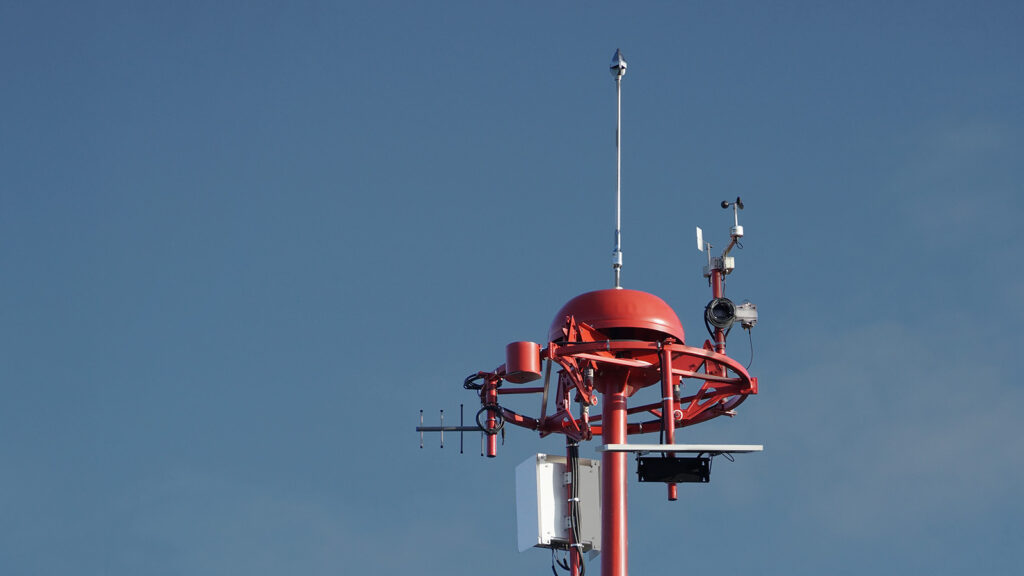
Low-level wind shear is one of the most hazardous weather phenomena affecting aviation, posing significant risks to aircraft during takeoff and landing. Wind shear refers to a sudden change in wind speed or direction over a short distance, and when occurring at low altitudes, it can cause rapid and unexpected changes in an aircraft’s performance. To mitigate these dangers, low-level wind shear advisory systems have been developed to detect and provide timely warnings to pilots and air traffic controllers, enhancing aviation safety.
Wind shear can be caused by several meteorological factors, including thunderstorms, frontal systems, and temperature inversions. One of the most common and dangerous sources is microbursts, which are intense downdrafts of air that spread out rapidly upon reaching the ground. When an aircraft encounters a microburst, it may first experience an increase in headwind, causing a temporary lift, followed by a strong tailwind that leads to a sudden loss of altitude. This sequence can be catastrophic, particularly during takeoff or landing when an aircraft is flying at low speeds and has limited room for recovery.
The need for reliable wind shear-detection systems became evident after several fatal airline crashes attributed to wind shear in the 1970s and 1980s. In response, aviation authorities and meteorological agencies worked to develop advanced warning systems. Modern low-level wind shear advisory systems incorporate a combination of radar, lidar, ground-based sensors, and onboard avionics to detect and predict hazardous conditions in real time.
One of the most widely used systems for wind shear detection is the Terminal Doppler Weather Radar (TDWR). TDWR operates at major airports, using Doppler radar technology to identify wind shear associated with thunderstorms and microbursts. By measuring wind velocity and detecting rapid changes in wind patterns, TDWR provides crucial warnings to air traffic controllers and pilots, allowing them to adjust their approach or takeoff plans accordingly. This system has been instrumental in reducing wind shear-related accidents by improving situational awareness.
Another critical component of wind shear detection is the Low-Level Wind Shear Alert System (LLWAS). This network of ground-based sensors is strategically placed around airports to monitor wind conditions at multiple points. By continuously measuring wind speed and direction, LLWAS can detect sudden variations indicative of wind shear and issue alerts to pilots. While LLWAS is highly effective in detecting wind shear caused by frontal boundaries and other large-scale weather patterns, its capability to detect microbursts is enhanced when integrated with TDWR.
Aircraft are also equipped with onboard wind shear detection systems, utilizing advanced weather radar and predictive algorithms. These systems analyze Doppler radar returns from precipitation and airborne particles to identify potential wind shear events ahead of the aircraft’s flight path. When wind shear is detected, automated voice warnings alert pilots to take immediate corrective action. Modern aircraft are designed with flight control systems that help pilots respond to wind shear encounters, including automated thrust and control surface adjustments to counteract sudden changes in wind conditions.
The implementation of low-level wind shear advisory systems has significantly improved aviation safety, reducing the number of wind shear-related incidents and fatalities. Pilots undergo extensive training on wind shear recognition and recovery techniques, ensuring they can respond effectively when encountering adverse conditions. Additionally, advancements in meteorological forecasting and numerical modeling have improved the ability to predict wind shear events, further enhancing preparedness and mitigation efforts.
Despite these advancements, wind shear remains a challenge for aviation, particularly in regions prone to convective storms and strong frontal systems. Continuous research and technological development are essential to improving the accuracy and reliability of wind shear detection and warning systems. Emerging technologies, such as artificial intelligence and machine learning, hold promise in refining predictive models and enhancing real-time data analysis.
Low-level wind shear advisory systems play a crucial role in aviation safety by detecting hazardous wind conditions and providing timely warnings to pilots and air traffic controllers. Through a combination of radar, ground-based sensors, and onboard avionics, these systems have significantly reduced the risks associated with wind shear encounters.






